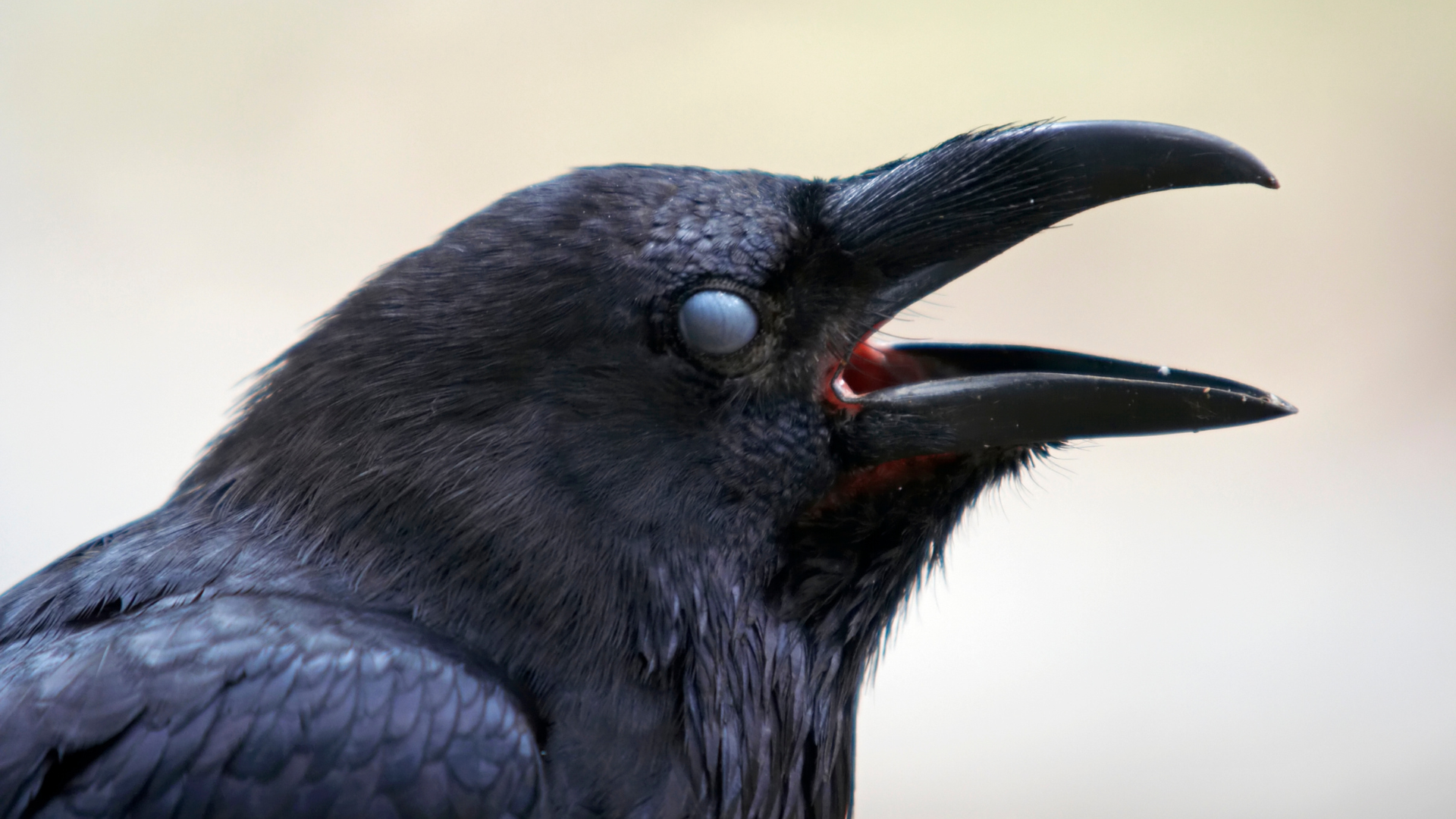Superb Fairywren.

Diet: Insectivorous (only eats insects)
Lifespan in the wild: Between 5-6 years
Lifespan in captivity: Up to 12 years
Wingspan: 16cm (6.29")
Length: 13.5cm (5.31")
Scientific name: Malurus cyaneus
Indigenous names: waatji pulyeri (Ngarrindjeri), deeydgun (Gunai), muruduwin (Eora and Darug). Djorrdjilya (chore’cheel’ya)

The male Superb Fairy-wren exhibits a striking breeding plumage, with a bright blue forehead, ear coverts, mantle and tail feathers. This is contrasted by a black facial mask and blue or black throat. Outside of the breeding season, males (along with females and juveniles) are predominantly a grey-brown coloration. This early appearance of monomorphism led early ornithologists to believe the species was polygamous, as all dull-colored birds were assumed to be females.

Six subspecies groups have been recognized: three darker and larger forms indigenous to Tasmania, Flinders Island and King Island respectively; and three smaller and paler varieties spanning mainland Australia and Kangaroo Island.
Like other Fairywren species, the Superb Fairy-wren displays notable behavioural characteristics. Pairs form socially monogamous bonds between one male and female. However, each partner also engages in promiscuous mating with other individuals and may assist in raising unrelated offspring. Males employ yellow floral displays during courtship rituals.

Male Superb Fairy-wrens have been labelled as 'the least faithful birds in the world'. Females may be courted by up to 13 males in half an hour, and 76% of young are sired by males from outside the social group.
This fairywren inhabits almost any habitat possessing some dense low-level vegetation for cover, such as grasslands interspersed with shrubs, moderately dense forest, woodland, heathlands and domestic gardens. The species has adapted well to urban environments, with significant populations established in the major cities of Sydney, Canberra, Melbourne and Brisbane. Insectivorous in diet but also consuming seeds as a supplemental food source.

The Superb Fairy-wren was named 'Australian Bird of the Year' for 2021, winning the public vote by a margin of 666 (🤘) ballots over 400,000 total votes cast in the annual survey conducted by BirdLife Australia.
Where does it live?
Distribution:
Superb Fairy-wrens are found south of the Tropic of Capricorn through eastern Australia and Tasmania to the south-eastern corner of South Australia.
Habitat:
Seen in most habitat types where suitable dense cover and low shrubs occur. They are common in urban parks and gardens, and can be seen in small social groups. These groups normally consist of one dominant male and several females and young birds.

What does it do?
Feeding:
Superb Fairy-wrens feed on insects and other small arthropods. These are caught mostly on the ground, but may also be taken from low bushes. Feeding takes place in small social groups.
Breeding:
The nest is a dome-shaped structure of grasses and other fine material. It is usually placed in a low bush and is constructed by the female. The female incubates the eggs alone, but both sexes feed the young. Other members of the group will also help with the feeding of the young.





